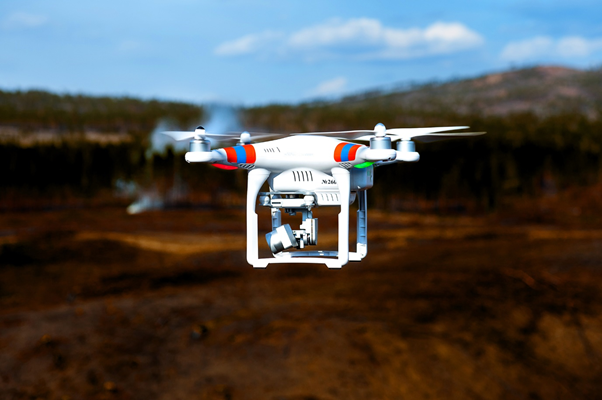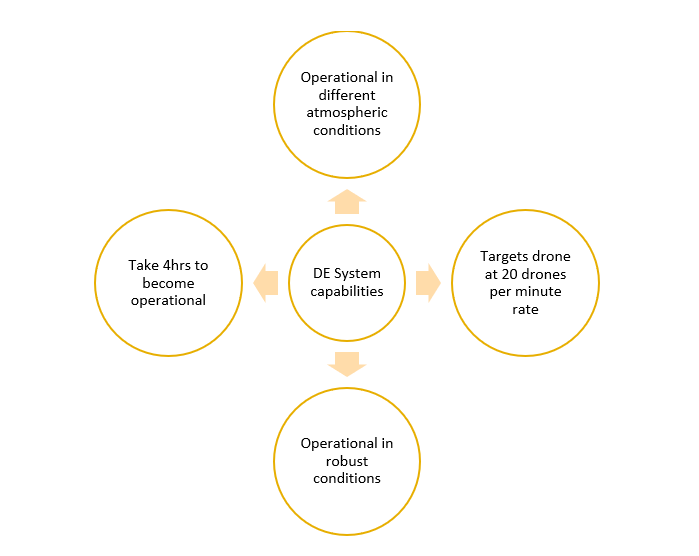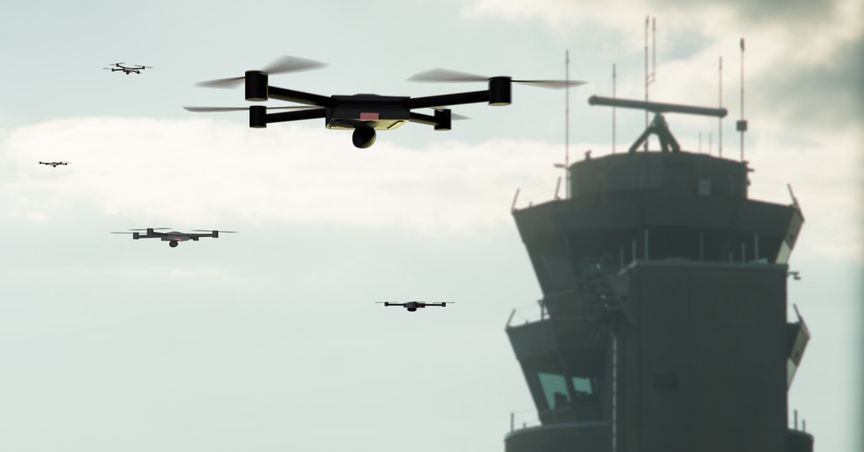Highlights:
- EOS has completed the testing of directed energy drone defence system successfully.
- This system can defend against emerging threats from swarm drone attacks.
- As per EOS, there is quite a robust demand for drones from existing and new customers.
On Tuesday morning, defence and space systems operator, Electro Optic Systems Holdings Limited (ASX:EOS) shared that its directed energy (DE) drone defence system has qualified the tests conducted by the company. The tests were undertaken after considering the customer’s requirements.
The shares of EOS, backed by the announcement, traded 3.092% higher at AU$2.000 at 11:54 AM AEST. However, the benchmark index, ASX 200 Industrials (XNJ) was 1.77% down. Noteworthy here is that all ASX sectors are buzzing in the red zone, thanks to the 4% crash in NASDAQ.
Related article: ASX 200 to fall; NASDAQ crashes over 4%; oil slips
What is the directed energy (DE) system of EOS?
DE uses a powerful laser as a directed energy source. DE has set a new benchmark for neutralising drone attacks. It disabled Group 1 drones at the rate of 20 drones per minute, and the range can be beyond 1,000 meters. The level of performance delivered by DE can extend protection against the swarms of lightweight drones.
The electro-optic technology producer stated that the DE system is a key element of the company’s drone defence system that overcomes the limitations of kinetic defence against drones. In addition, the DE has the capabilities to operate alongside kinetic defence and extends protection against Groups 1-3 drones.
EOS said that the DE system had been developed according to the customer’s requirements.

Image source: © Agnormark | Megapixl.com
How was the DE system tested?
EOS transported the DE system to a remote site following the military transportation process in the qualification program. In a specified duration, it was made operational.
The testing showed that the DE system could perform in a variety of atmospheric conditions. It neutralised drones in realistic test conditions. The drones were destroyed or disabled at 20 drone per minute rate. The rate includes the time required to identify the new target, track the target, lock the laser beam, and then destroy it.
To demonstrate the robust capabilities of the DE system, the system was taken to another site and made operational.

Image source: © 2022 Kalkine Media ®
To make the system qualified for Counter Uninhabited Aerial Systems (CUAS) operations, the company will test the system against the Group 2 and 3 drones. Testing against Group 2and 3 drones, DE requires a larger remote test area. Group 3 drones are large in size plus faster than group 1 and 2 drones.
EOS defence systems’ chief executive, Grant Sanderson, commented on the testing that,

Sanderson also provided information that two major existing customers of EOS are ‘co-funding trials and qualification efforts.’
Must read: Why is AVZ Minerals (ASX:AVZ) in news today?



